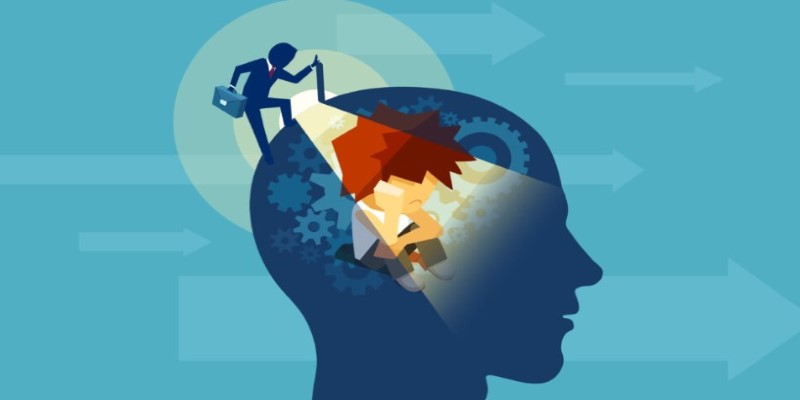Does Your Child Have ADHD? 18 Warning Signs to Consider
Attention-Deficit/Hyperactivity Disorder (ADHD) is a prevalent condition that affects many children and can continue into adulthood. While all children can exhibit behaviors such as inattention, impulsivity, and hyperactivity, these behaviors can be particularly pronounced in children with ADHD.
Recognizing the warning signs early is crucial for timely intervention and support. This article explores 18 indicators that may suggest your child has ADHD, offering insights to help you determine if professional evaluation is necessary.
What is ADHD?
ADHD (Attention-Deficit/Hyperactivity Disorder) is a neurodevelopmental condition that affects attention, impulse control, and activity levels. It presents in three main forms: predominantly inattentive, predominantly hyperactive-impulsive, or combined. Inattentive ADHD involves difficulty focusing, following instructions, and organizing tasks.
Hyperactive-impulsive ADHD is characterized by excessive movement, restlessness, and impulsive actions. The combined type includes both sets of symptoms. These challenges can significantly impact a child's academic performance, social interactions, and daily functioning, requiring early intervention for effective management.
18 Warning Signs Your Child May Have ADHD
Recognizing the signs of Attention Deficit Hyperactivity Disorder (ADHD) in children can be crucial for early intervention and support. Here are 18 warning signs that may indicate your child could have ADHD:
Inattention in School
One of the most noticeable signs of ADHD is persistent inattention in academic settings. If your child struggles to concentrate on lessons or frequently misses important information during class, this could indicate a problem. Unlike occasional daydreaming, a child with ADHD may have ongoing difficulty focusing on tasks, which can hinder their academic success.
Hyperactivity
Hyperactivity is a hallmark of ADHD. Children may exhibit excessive movement, fidgeting, or an inability to remain seated during activities that require calmness. Such behaviors can disrupt not only their learning but also that of their peers, making classroom management challenging for educators.
Impulsivity
Impulsive behaviors are common in children with ADHD. They might interrupt conversations, act without considering the consequences, or engage in risky activities. This impulsivity can lead to difficulties in social situations, as they may struggle to adhere to social norms and expectations.
Poor Academic Performance

Despite their best efforts, children with ADHD may face academic challenges. Their inability to focus and complete assignments can result in lower grades, creating a frustrating cycle of effort without reward. It's important to differentiate between a lack of understanding and an inability to concentrate.
Frequent Daydreaming
While daydreaming is a typical behavior for many children, excessive zoning out can indicate ADHD. Children may frequently lose focus during lessons and miss critical instructions and details, which can hinder their academic performance and overall engagement in activities.
Poor Organizational Skills
Children with ADHD often struggle with disorganization. They may frequently misplace items, forget assignments, or find it challenging to manage their time effectively. This lack of organizational skills can lead to increased academic challenges and personal frustration in daily life.
Easily Distracted
Children with ADHD often find it hard to ignore distractions. Whether its a noise from outside or a conversation in the background, their attention can easily shift away from the task at hand, further complicating their ability to focus.
Forgetfulness
Forgetfulness in daily routines can be a strong indicator of ADHD. Your child may forget to do chores, misplace belongings, or have trouble recalling instructions, which can lead to frustration for both the child and their caregivers.
Interrupting Conversations
Frequent interruptions during conversations are common in children with ADHD. They may have difficulty waiting for their turn to speak, leading to social misunderstandings and strained relationships with peers.
Excessive Talking
Children with ADHD might talk excessively, dominating conversations and making it challenging for others to contribute. This can create social issues, as they may not recognize when others are ready to engage or contribute.
Difficulty Following Instructions
If your child consistently struggles to follow instructionswhether simple or complexit may indicate an underlying attention issue. This can lead to incomplete tasks and heightened frustration for both the child and those around them.
Emotional Outbursts
Emotional dysregulation is prevalent in children with ADHD. They may experience frequent mood swings, temper tantrums, or outbursts of frustration, often in situations that require patience or flexibility.
Impatience
Children with ADHD often exhibit impatience, finding it difficult to wait their turn during games or discussions. This impulsivity can result in frustration and conflict in social settings.
Difficulty with Friendships

Maintaining friendships can be challenging for children with ADHD. They may struggle with social cues, fail to listen, or inadvertently dominate conversations, leading to misunderstandings and conflicts with peers.
Trouble with Transitions
Children with ADHD may find transitions from one activity to another particularly difficult. They might require significant prompting or exhibit distress when moving between tasks, especially if they are engaged in an enjoyable activity.
Sensory Sensitivity
Some children with ADHD demonstrate a heightened sensitivity to sensory input. This can include overreacting to loud noises, bright lights, or certain textures, making it difficult for them to engage comfortably in various environments.
Inconsistent Energy Levels
Children with ADHD often experience fluctuations in energy. They may exhibit periods of hyperactivity followed by sudden fatigue, which can be confusing for parents and caregivers trying to manage their energy levels effectively.
Lack of Awareness of Danger
Impulsivity can lead to a lack of awareness of potential dangers. Children with ADHD might engage in risky behaviors without considering the consequences, which can pose safety concerns.
Conclusion
Understanding the warning signs of ADHD is essential for parents and caregivers. If you notice several of these behaviors consistently affecting your child's daily life, it may be time to consult a healthcare professional for further evaluation. Early identification and intervention can help your child navigate their challenges, improve their academic performance, and enhance their social interactions, ultimately leading to a more fulfilling and successful life.












